Arthroscopic or open reconstruction and autotransplantation of anterior cruciate ligament (ACL) injury in Germany
Treatment prices are regulated by national law of the corresponding countries, but can also include additional hospital coefficients. In order to receive the individual cost calculation, please send us the request and medical records.
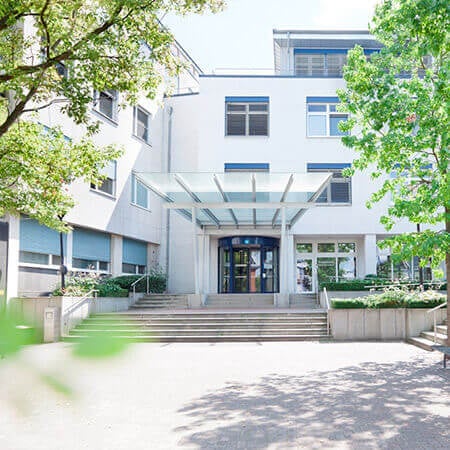
Department of Adult and Pediatric Orthopedics, Traumatology
The Department of Adult and Pediatric Orthopedics, Traumatology is part of the specialized Center for Musculoskeletal Disorders, whose medical team consists of highly qualified orthopedists, traumatologists, and spinal surgeons. The department offers modern diagnostics and treatment of the entire range of musculoskeletal diseases. The department's field of competence includes the treatment of injuries of varying severity. The therapeutic options cover both conservative measures and surgical interventions, which are mainly performed using sparing minimally invasive techniques. The treatment concept is based on the comprehensive approach – from the use of conservative methods to physiotherapeutic procedures the day after surgery.
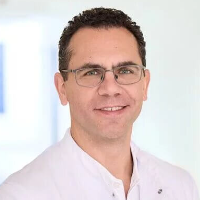


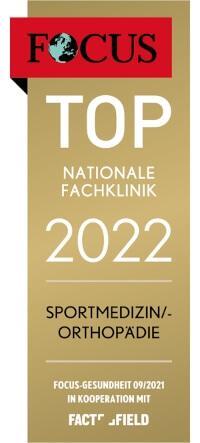
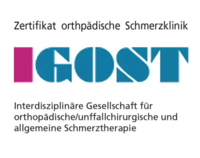
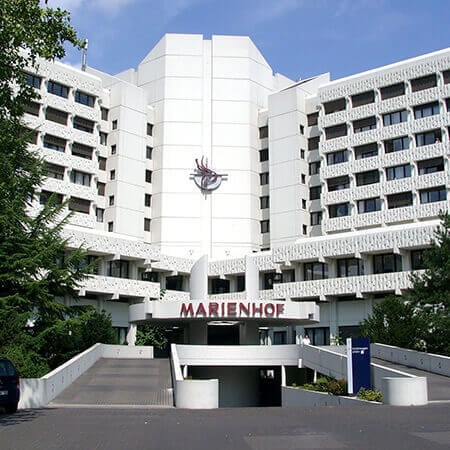
Department of Adult and Pediatric Orthopedics, Traumatology, Foot Surgery
According to the prestigious Focus magazine, the Department of Adult and Pediatric Orthopedics, Traumatology, Foot Surgery ranks among the top German medical facilities specializing in hip surgery! The department offers the full range of high-precision diagnostics and conservative and surgical treatment for diseases of bones, joints, muscles, ligaments, and tendons. One of the department's key areas of clinical practice is large joint arthroplasty. In this area, the department is awarded the prestigious endoCert certificate. The doctors in the department's operating rooms successfully perform knee, hip, and shoulder replacement surgery. Whenever possible, preference is given to minimally invasive joint replacement surgery. An important part of the work of the department's doctors is the treatment of orthopedic diseases and musculoskeletal injuries in children. The specialists at the medical facility also have long experience in helping patients with foot pathologies and deformities, including hallux valgus, hallux rigidus, hammer toes and claw toes, metatarsalgia, etc. The department's doctors have in their arsenal state-of-the-art equipment and modern treatment methods that allow for the achievement of excellent therapeutic results. More than 3,500 inpatients and about 17,000 outpatients are treated at the medical facility every year.
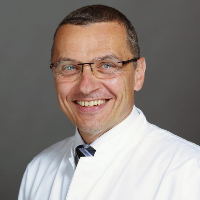

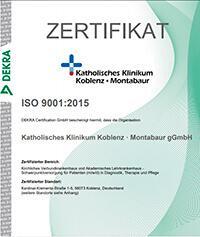
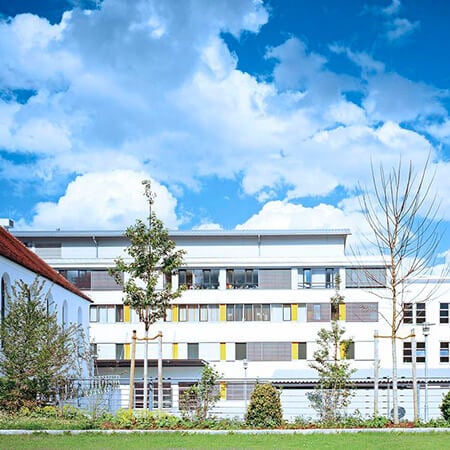
Department of Orthopedics, Traumatology, Spinal Surgery and Foot Surgery
According to the Focus magazine, the Department of Orthopedics, Traumatology, Spinal Surgery and Foot Surgery ranks among the top German medical facilities in treating orthopedic diseases and spinal surgery! The department carries out comprehensive examinations and effectively treats musculoskeletal diseases and injuries. The department has about 130 beds for its patient hospitalization. Doctors annually admit more than 4,000 patients for inpatient treatment. Several thousand surgical interventions of varying complexity are performed on the basis of the medical facility annually. The department offers the services of the certified Maximum Care Joint Replacement Surgery Center (EPZmax) and the certified Trauma Center. In addition, the department's specialists have vast experience in treating spinal and foot pathologies. The main goal of the department's doctors is to restore mobility and eliminate pain. The specialists always prefer an individual approach to each patient and his clinical case.
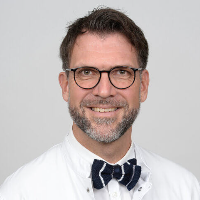

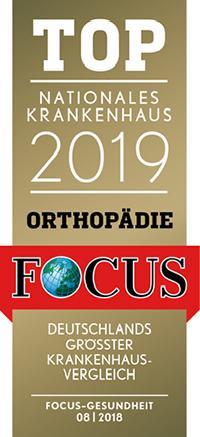
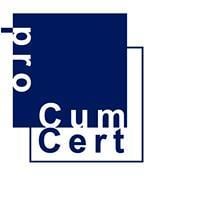
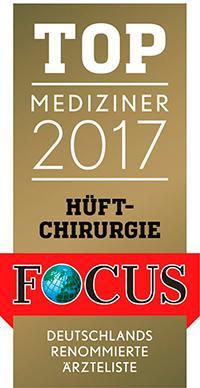
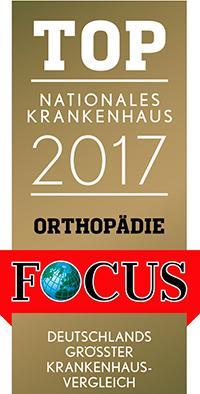
The anterior cruciate ligament (ACL) injury leads to knee instability. To restore the ligament, one must undergo surgery and orthopedic rehabilitation for several months. In Germany, most surgical procedures on the knee are performed using a minimally invasive arthroscopic technique. The ACL reconstruction involves using the tendons of the knee flexors or the patellar ligament with a bone block. The efficiency of operations in the best German hospitals reaches 97%.
Content
- What is autograft reconstruction?
- Types of autografts
- Types of surgical access
- What are the benefits of autotransplantation?
- Does the success of the operation depend on the skills of the surgeon?
- Why is it worth undergoing surgery in Germany?
What is autograft reconstruction?
Anterior cruciate ligament tear is one of the most common knee and meniscal injuries. Self-fusing is not possible. When the ligament is torn, it must be sutured together or reconstructed. In most cases, suturing is impossible, so reconstruction is used more often. The doctor creates a new ligament fixed in the bone tunnel.
The following options can be used as a material for reconstruction:
- autografts – tissues from other parts of the body;
- allografts – preserved donor tendons;
- synthetic materials – artificial ligaments.
Autografts have the greatest strength and the best engraftment. These are genetically native tissues that do not cause immune responses. The patient can withstand loads of any intensity after surgery for the anterior cruciate ligament reconstruction. This is especially important for athletes who want to return to training and competition without experiencing any restrictions.
Types of autografts
The following materials are most often used to repair the anterior cruciate ligament:
- Patient's own patellar ligament with bone block. It is one of the most reliable options for autografting. With this method, the middle third of the ligament is transplanted along with the bone fragment. The risk of recurrent anterior cruciate ligament injury is minimal. Nonetheless, there are disadvantages: a traumatic method of obtaining material, a long-lasting pain syndrome in this area and, as a result, a delayed rehabilitation.
- Hamstring flexor tendons (semitendinosus and gracilis muscles). They can be removed with minimal trauma, but they are not so durable. After their use as autografts, the risk of recurrent injury is higher than the use of other materials. However, this biomaterial for the anterior cruciate ligament plastic surgery can be reliable if the tendon removed has sufficient thickness. Studies show that every 0.5 mm increase in thickness within the range of 7-9 mm reduces the risk of revision knee surgery.
- Quadriceps femoris tendons. They have high strength. This tendon is 1 cm wide, about 8.5 cm long, and has an average cross-sectional area of 6.4 square millimeters. It can withstand very high loads. After using this type of plastic surgery, the recovery time for the extensor function of the knee is halved. However, the length of the tendon is not always enough. If it is not enough, it is possible to perform autografting with a bone block. Nonetheless, there is a disadvantage that limits the use of this method. In the future, the patient has an increased risk of developing arthrosis of the patellofemoral joint (the place where the patella contacts the femur).
In most cases, the patella ligament or the hamstring flexors are used. The variant with the quadriceps femoris tendon for primary plastic surgery of the anterior cruciate ligament is rarely used, but it is actively used for revision (repeated) surgery.
Types of surgical access
Knee surgery can be performed through large skin incisions or arthroscopically. In recent years, open access has been used less and less often. Preference is usually given to minimally invasive treatment through short incisions.
The first ACL repair was performed by British surgeons in 1895. In 1903, the Annals of Surgery published this case, noting that the knee had become perfectly stable.
In 1917, a new ACL was first formed from the tendon of the semitendinosus muscle. They were passed through bone tunnels and sutured to the periosteum of the lower leg.
In 1936, plastic surgery was first performed using the patient's patellar ligament. However, the technique of that surgery was far from the modern one.
In 1966, the German surgeon Helmut Bruckner described surgery with the patient's patellar ligament and the bone block. This type of surgical treatment has become the basis for modern techniques. Since the 1990s, it has been the gold standard for ACL reconstruction.
In the late 1960s, the first arthroscopes appeared. In 1977, the surgical intervention was first performed for a knee injury, and in 1981, English orthopedists performed ACL arthroscopic plastic surgery. It opened a new era in knee surgery. By the mid-1990s, two-thirds of operations for anterior cruciate ligament (ACL) injuries were performed arthroscopically in Europe. By the beginning of the 21st century, this figure was close to 100%.
Today, almost all ACL reconstruction surgeries in Germany are performed using the arthroscopic technique. Doctors insert long thin instruments inside the knee and a tiny video camera with lighting. The therapeutic result is achieved with a minimal trauma rate. After two weeks, the soft tissues heal, but the patient will need several more months of rehabilitation since the process of fusion of the autograft with the bone takes a long time.
What are the benefits of autotransplantation?
To repair the anterior cruciate ligament, the doctor can use an autograft and other options of plastic material: donor tendons and synthetic tissues. As an allograft (donor material), the preserved fragments of the patellar ligament, Achilles tendon, tendons of the semimembranosus and gracilis muscles, and posterior tibial muscle are most often used.
Doctors do not need to inflict additional trauma to obtain a tendon from other parts of the patient's leg when using allografts and synthetic materials. Accordingly, the treatment becomes less traumatic. Despite this, the frequency of allografts and artificial ligaments is relatively low. Autotransplantation remains the gold standard for the treatment of anterior cruciate ligament tear, as the method has many advantages. These include:
- genetically native ligament, which quickly fuses;
- high strength;
- the lowest risk of revision surgery among all types of anterior cruciate ligament reconstructions;
- better knee function;
- the ability to withstand maximum sports loads;
- low risk of residual pain or contracture;
- no risk of immune reactions.
Does the success of the operation depend on the skills of the surgeon?
Although different hospitals use the same name for the surgery, namely anterior cruciate ligament reconstruction with an autograft, various medical facilities perform it differently. There are dozens of types of interventions and many of their modifications. Therefore, the effectiveness of the anterior cruciate ligament reconstruction surgery in various hospitals is very different and ranges from 75 to 97%.
Of great importance in the operation's success are the surgeon's experience and the peculiarities of the techniques. Therefore, the results differ significantly in various hospitals. An inexperienced doctor can make several mistakes. For example, he may get insufficient material for the ligament reconstruction, and the result is its low strength – the risk of recurrent tear increases. Loose fixation in the bone canal leads to the fact that synovial fluid from the joint flows into it, which worsens the process of fusion with bone tissue.
As a result, some patients may have the following side effects after surgery:
- persistent pain syndrome;
- the joint becomes inflamed;
- a feeling of knee instability;
- a contracture develops: reduced range of motion in the joint;
- development of the recurrent injury after returning to maximum sports loads.
The most common medical errors that lead to the second operation are:
- incorrect positioning of the bone canals;
- damage to the autograft during its harvesting;
- failure to achieve the required tension of the graft;
- lack of comprehensive diagnostics and treatment of concomitant knee injuries, most often – meniscus tears.
To avoid these side effects, young, physically active people, and especially professional athletes, prefer to receive treatment from the best orthopedists in the world. The quality of life and sports career depends on the quality of the surgery performed. The poorly performed surgery often assumes the need for a second operation and an increase in the total duration of treatment by several months. Please contact the specialists from Booking Health company: we will select a good orthopedist for you who will perform the anterior cruciate ligament reconstruction safely, efficiently and reliably.
Why is it worth undergoing surgery in Germany?
Every country in the world performs anterior cruciate ligament reconstruction surgery, but many patients come to Germany for reliable results. German sports medicine is considered one of the best in the world. Professional athletes from all over the world come here for treatment. They receive medical care from world-famous orthopedists.
Here are some reasons for you to have anterior cruciate ligament reconstruction surgery in Germany:
- highly qualified orthopedists with vast experience;
- state-of-the-art equipment in the Departments of Orthopedics and Sports Medicine;
- preference is given to minimally invasive operations through short incisions, while open interventions for the anterior cruciate ligament repair are rarely performed;
- safe minimally invasive harvesting of autograft for the transplantation into the knee;
- the use of the double-fascicle reconstruction technique, which provides the best results due to the maximum anatomical location of the graft;
- the formation of the femoral tunnel through the medial or additional port provides more accurate positioning;
- the use of an intracanal graft fixation technique, which ensures its reliable attachment inside the bone canal;
- simultaneous treatment of a concomitant injury: the doctor can repair several ligaments, menisci and cartilage within a single surgical intervention;
- fast-track rehabilitation programs allow the patient to recover faster.
Please use the Booking Health service to undergo the anterior cruciate ligament injury treatment in Germany. On our website, you have the opportunity to get up-to-date and accurate information about the cost of treatment in Germany, compare prices in different German hospitals and book a medical care program at a favorable price. The treatment will be easier and faster for you, and the cost of treatment in Germany will be lower.
You are welcome to leave your request on the Booking Health website. Our employee will contact you, consult, and answer all questions. We will take care of the organization of your trip abroad. We will provide the following benefits for you:
- We will select the best option for treatment in Germany – a German hospital whose doctors specialize in the treatment of anterior cruciate ligament injuries and achieve the best results.
- We will help you overcome the language barrier and establish communication with the doctor in the German hospital.
- We will reduce the waiting period for treatment, and you will receive medical care on the most suitable dates.
- We will reduce the price. The cost of treatment in Germany will be lower than usual due to the lack of overpricing and coefficients for foreign patients.
- Our specialists will solve any organizational issues: paperwork, transfer from the airport to the German hospital and back, hotel booking, and interpreting services.
- We will prepare your documents and translate them into English or German. You do not have to undergo previously performed diagnostic procedures.
- We will keep in contact with the German hospital after the completion of treatment.
- We will organize additional diagnostics and treatment, if necessary.
- We will buy medicines in another country and forward them to your native country.
While the best specialists in the world take care of your health, the Booking Health staff will help reduce the cost of treatment in Germany and take care of all your travel arrangements.
Authors:
The article was edited by medical experts, board certified doctors Dr. Nadezhda Ivanisova and Dr. Vadim Zhiliuk. For the treatment of the conditions referred to in the article, you must consult a doctor; the information in the article is not intended for self-medication!
Sources:

